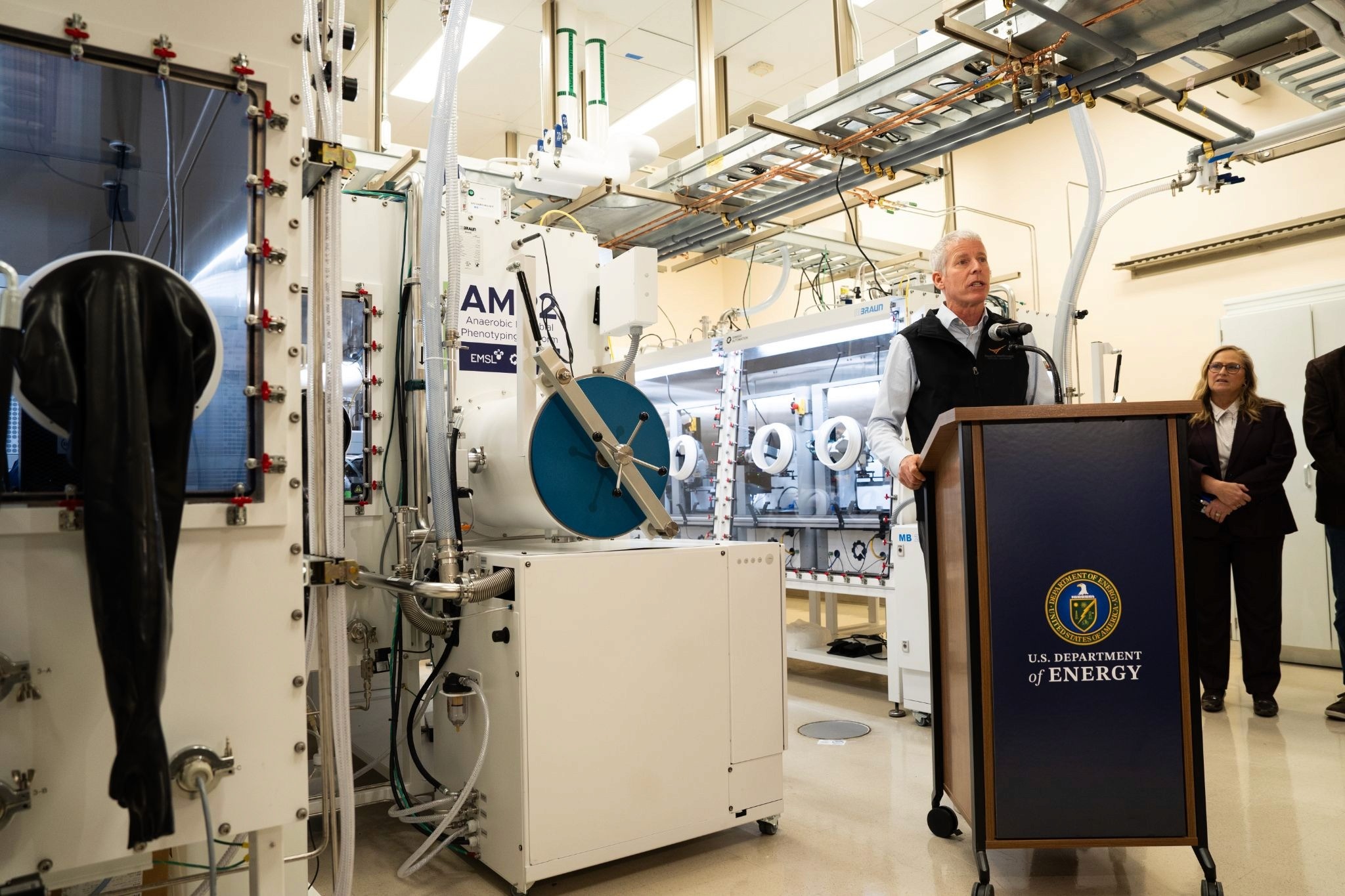Ai Digital Biology
Connecting the (Quantum) Dots for Inorganic Molecule Synthesis in Living Cells
Scientists at Nankai University have unveiled the synthesis of quantum dots within live cell nuclei, expanding the horizons of cellular nanotechnology
Apr 5, 2024
Cellular machinery has long been exploited to produce countless organic molecules, with a range of species acting as tiny factories in which important compounds can be made efficiently and with low energy requirements. However, inorganic molecules, which are just as useful, are rarely produced this way. In a study recently published in the National Science Review, Dr. Hu Yusi, Associate Professor Wang Zhi-Gang, and Professor Pang Dai-Wen from Nankai University sought to amend this disparity. The paper details the synthesis of quantum dots (QDs), nanoscale crystals with remarkable properties, within the nucleus of live cells.

The treatment of mammalian cells with glutathione (GSH) was found to significantly enhance the cell's capacity for reducing, leading to the generation of QDs concentrated within a specific area of the cell—the nucleus. "This is truly amazing, almost unbelievable," Dr. Hu remarked.
Dr. Hu and Professor Pang sought to elucidate the molecular mechanism behind QD synthesis in the cell nucleus. Their investigation revealed the pivotal role of GSH. Within the nucleus, a GSH transport protein, Bcl-2, facilitates the influx of GSH, bolstering the cells reducing ability and promoting the generation of Cadmium precursors necessary for QD synthesis.
"This is an exciting result," Professor Pang stated. "This work achieves the precise synthesis of QDs in live cells at the subcellular level.”
He continued, highlighting the significance of their work in the realm of synthetic biology: “Research in the field of synthetic biology mostly focuses on live cell synthesis of organic molecules through reverse genetics. Rarely do we see the live cell synthesis of inorganic functional materials. Our study doesn't involve complex genetic modifications; it achieves the target synthesis of inorganic fluorescent nanomaterials in cellular organelles simply by regulating the content and distribution of GSH within the cell. This addresses the deficiency in synthetic biology for the synthesis of inorganic materials.”
While the synthesis of organic materials in cells prevails in biosynthesis, this research marks a significant stride toward the synthesis of inorganic materials in synthetic biology. Professor Pang expressed optimism for the future, envisioning the future potential of cell synthesis.
"Each advancement is a new starting point," he emphasized. "We firmly believe that in the near future, we can use cell synthesis to produce nanodrugs or nanorobots in specified organelles. Moreover, we can transform cells into supercells, enabling them to do unimaginable things.”


















